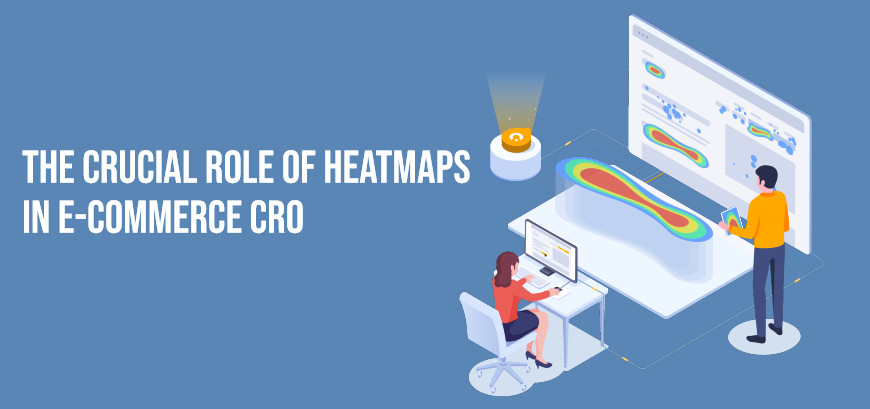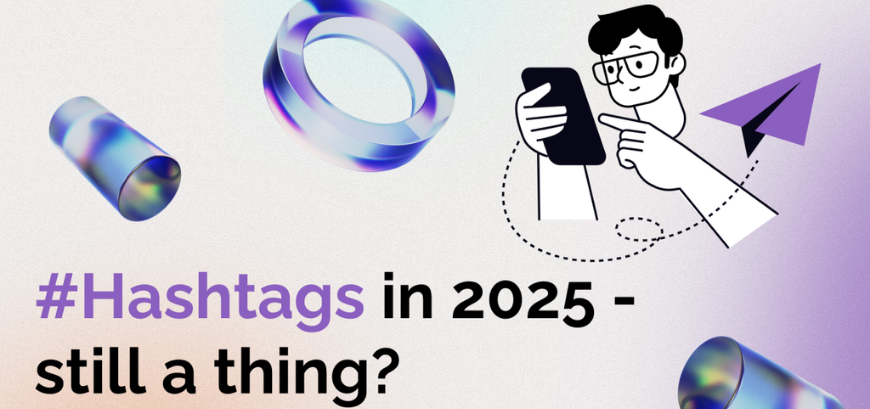Understanding how visitors engage with your website is critical in the highly competitive world of e-commerce, where every click counts, and every conversion is a success. Heatmaps are useful in this situation. They provide essential insights into user behavior and, when used successfully, can transform e-commerce conversion rate optimization (CRO).
In this blog, we will look at the importance of heatmaps in e-commerce and how they may help you assess and improve the user experience to increase conversion rates.
Table of Contents
Types of Heatmaps
There are two main types of heatmaps: click maps and scroll maps.
- Click maps show you where your website’s visitors are clicking. You can use this data to identify popular items like product graphics and call-to-action buttons. It can also help you detect regions where users are unintentionally clicking, such as non-clickable items.
- Scroll maps show you how far down your website customers are scrolling. This data can be utilized to identify popular content and regions of your website where users are leaving.
How Heatmap Works
Heatmaps capture information about user interactions with a website or application. This information includes clicks, mouse movement, scrolling behavior, and heat. We use color gradients to transform the collected data into visual representations. Places with the most user interactions are highlighted as “hotspots” in warmer colors like red or orange, whereas places with fewer interactions seem cooler in blue or green. Heatmaps provide an instant, visual picture of how users interact with a digital interface, making it easier to see which elements are receiving the most attention, where people are dropping off, and where adjustments are needed. This knowledge is priceless for improving web design, content placement, and the overall user experience.
The Power of Heatmaps
- Visualizing User Engagement: Heatmaps are graphical representations of data that utilize color to indicate the intensity of user activity on various portions of your website. This visual data provides a quick and easy insight into how visitors interact with your e-commerce site.
- Tracking Clicks and Taps: Click maps show where parts of your website get the most attention. This data is critical for optimizing your product pages, CTAs, and navigation menus.
- Understanding Scrolling Behavior: Scroll maps show you how far visitors scroll down your pages. This is critical for putting crucial content where it will be seen the most.
- Analyzing Mouse Movement: Maps of mouse movement show how users move their cursors over the screen. This might help you narrow down areas of interest or annoyance, allowing you to fine-tune your layout and design.
Implementing Heatmaps for E-commerce CRO
Follow these steps to harness the power of heatmaps for e-commerce conversion rate optimization:
- Choose a Heatmap Tool: Heatmap tools such as Hotjar, Crazy Egg, and Mouseflow are available. Choose one that meets your requirements and integrate it with your e-commerce website.
- Set Clear Goals: Define your CRO objectives. Are you looking to boost product page conversions, decrease cart abandonment, or improve the checkout process? Set specific objectives to guide your heatmap analysis.
- Analyze and Act: Analyze the heatmap data on a regular basis, find areas for improvement, and apply adjustments. Monitor the impact of these modifications on your conversion rates on a regular basis.
- Test and Iterate: A/B testing can help validate the efficacy of your modifications. Continue experimenting and fine-tuning your e-commerce site based on heatmap information.
Benefits for E-commerce CRO
Now, let’s delve into how heatmaps contribute to e-commerce conversion rate optimization:
- Identifying Conversion Bottlenecks: Heatmaps show where visitors abandon their shopping carts, product listings, and other pages. This data enables you to identify problems and make appropriate adjustments.
- Enhancing Product Page Layout: You may adjust the layout of product pages by tracking clicks and scrolls to ensure that critical information, such as pricing and product specifications, is easily accessible and interesting.
- Refining Call to Actions (CTAs): Heatmaps provide information about the performance of your CTAs. If people do not click on them, you can experiment with other button designs, text, or positions.
- Improving User Experience: Click and mouse movement maps can help you understand user frustrations and confusions. By fixing these issues, you can create a more enjoyable and efficient shopping experience, perhaps increasing conversions.
Conclusion
Heatmaps are more than simply eye-catching graphics; they are the key to unlocking the full potential of your e-commerce website. You can improve the user experience, increase engagement, and eventually increase conversion rates by employing heatmaps to study user behavior. Incorporate heatmaps into your e-commerce CRO approach, and you’ll be well on your way to a more profitable and successful online store.
Seeking an Outcome-Oriented Digital Marketing Firm?
Altis Infonet Pvt Ltd is a Web Development and Digital Marketing company with a focus on client servicing through knowledge-based solutions. Our team of experts will help make your digital dreams come true!





